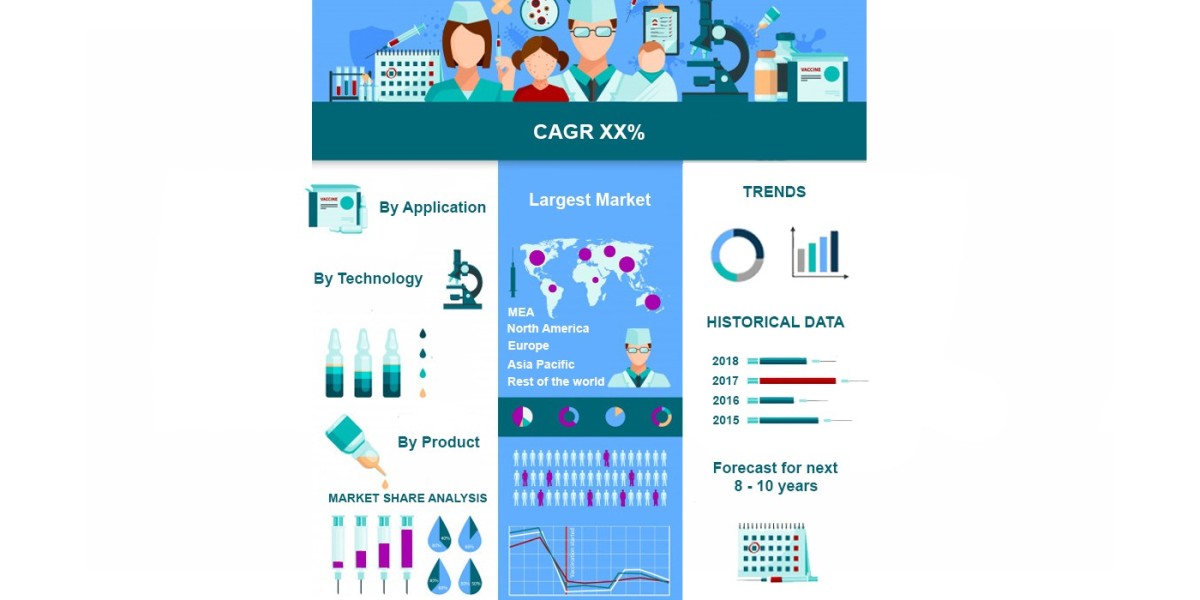As industries continue to evolve in the face of technological advancements and shifting market demands, asset management has become a critical focus for organizations aiming to maximize efficiency and reduce costs. One of the most transformative tools in this domain is preventive maintenance software. This blog explores emerging trends that are shaping the future of asset management and how preventive maintenance software is at the forefront of these changes.
1. Integration of IoT and Smart Devices
The Internet of Things (IoT) is revolutionizing asset management by enabling real-time monitoring of equipment. Preventive maintenance software is increasingly being integrated with IoT devices, allowing organizations to collect data on equipment performance, usage patterns, and environmental conditions. This connectivity facilitates proactive maintenance by alerting teams to potential issues before they escalate. As IoT technology continues to advance, expect preventive maintenance software to harness its capabilities for more precise and timely maintenance interventions.
2. Artificial Intelligence and Predictive Analytics
Artificial intelligence (AI) and machine learning are set to transform preventive maintenance strategies. By analyzing historical data and identifying patterns, AI algorithms can predict when equipment is likely to fail, enabling organizations to schedule maintenance more effectively. Predictive analytics powered by AI can optimize maintenance schedules based on actual usage and condition rather than relying solely on time-based schedules. This trend not only reduces costs but also improves equipment reliability, allowing businesses to operate more efficiently.
3. Mobile Accessibility and Remote Management
As the workforce becomes increasingly mobile, preventive maintenance software is adapting by offering mobile applications that allow technicians to access information on the go. This capability enables maintenance teams to receive alerts, check inventory, and log maintenance activities in real time, regardless of their location. Remote management features also empower organizations to oversee multiple sites from a central platform, improving coordination and response times. This trend enhances productivity by providing flexibility and ensuring that maintenance tasks are completed promptly.
4. Enhanced User Experience and Customization
The future of preventive maintenance software lies in user-centric design and customization. Software providers are focusing on creating intuitive interfaces that simplify the user experience, making it easier for teams to navigate the platform and access the information they need. Additionally, businesses are increasingly looking for customizable solutions that can be tailored to their specific processes and requirements. This trend enables organizations to implement preventive maintenance strategies that align closely with their unique operational needs, improving overall effectiveness.
5. Sustainability and Green Practices
As sustainability becomes a priority for businesses worldwide, preventive maintenance software is adapting to support eco-friendly practices. Efficient maintenance extends the lifespan of equipment, reducing waste and the need for new resources. Furthermore, software can help organizations track energy consumption and emissions associated with their assets, allowing for more sustainable decision-making. This trend not only benefits the environment but also enhances a company’s reputation and compliance with regulatory requirements.
6. Comprehensive Asset Management Solutions
Preventive maintenance software is increasingly being integrated into broader asset management systems. These comprehensive solutions provide organizations with a holistic view of their assets, encompassing maintenance, inventory management, compliance tracking, and more. By centralizing data and processes, businesses can streamline operations, improve communication, and make more informed decisions regarding their assets. This trend reflects a shift towards integrated approaches in asset management, driving efficiency and effectiveness.
7. Focus on Data Security and Compliance
As preventive maintenance software becomes more interconnected and data-driven, the importance of data security and compliance cannot be overstated. Organizations must ensure that sensitive information regarding their assets is protected from cyber threats. Software providers are responding by enhancing security features, including encryption, user authentication, and access controls. Compliance with industry regulations is also a priority, and preventive maintenance software will increasingly offer tools to help organizations maintain adherence to these standards.
Conclusion
The future of asset management is being reshaped by innovative technologies and trends that are making preventive maintenance software more effective and integral to organizational success. From IoT integration and AI-driven analytics to mobile accessibility and sustainability initiatives, these trends are driving a new era of efficiency and reliability in asset management. By embracing these advancements, businesses can not only improve their maintenance strategies but also position themselves for long-term growth and competitiveness in a rapidly evolving landscape. As we look ahead, it’s clear that preventive maintenance software will play a pivotal role in redefining how organizations manage their assets and achieve operational excellence.






